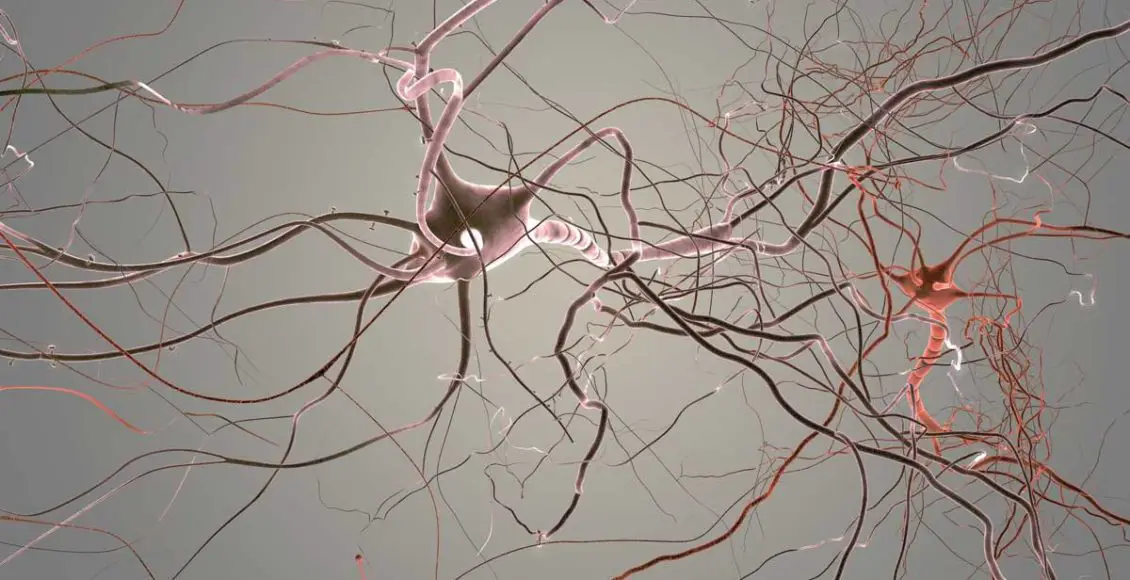The Treatment of a Single Nerve has the Potential to Completely Change Modern Medicine

Author: Greg Popham
Kevin Tracey, a neurosurgeon in New York,
has discovered the potential to completely change how we view disease and how we can better treat chronic pain.
Tracey believes that “…the brain-nerves-are responsible for health”.
In the late 1990s, Tracey was experimenting with a rat’s brain. “We’d injected an anti-inflammatory drug into the brain because we were studying the beneficial effect of blocking inflammation during a stroke. We were surprised to find that when the drug was present in the brain, it also blocked inflammation in the spleen and in other organs in the rest of the body. Yet the amount of drug we’d injected was far too small to have got into the bloodstream and travelled to the rest of the body.”
The Hypothesis
Inflammation in body tissues is directly regulated by the brain according to Tracey’s hypothesis. Communication between the immune system’s specialist cells in our organs and bloodstream and the electrical signals of the nervous system are connected. Tracey’s idea was that the brain might be using the nervous system, specifically the vagus nerve, to tell the spleen to switch off inflammation. According to Tracey, “Because the vagus nerve, like all nerves, communicates information through electrical signals, it meant that we should be able to replicate the experiment by putting a nerve stimulator on the vagus nerve in the brainstem to block inflammation in the spleen”.
Trials
Tracy and his collaborator, Paul-Peter Tak (professor of rheumatology at the University of Amsterdam) designed a trial for using an electrical implant directly connected to the vagus nerve to stimulate the nerve and improve the trial patient’s arthritis. They basically used a pacemaker connected to the vagus nerve in the neck of the patients, and then the patients would activate the electric stimulation by swiping a magnet across their throats six times a day for 30 seconds at a time. The goal was to send a message from the brain to the spleen to tell it to switch off production of a particular inflammatory protein, tumour necrosis factor (TNF). According to Tak, “The body’s immune response only becomes a problem when it attacks your own body rather than alien cells, or when it is chronic. So the question becomes: how can we enhance the body’s switch-off mechanism? How can we drive resolution?”
Result
Sixteen of the 20 patients in the trial felt better AND measures of inflammation in their blood also decreased. Maria Vrind, a former gymnast who before the treatment could barely put her socks on in the morning, said: “Within a few weeks, I was in a great condition. I could walk again and cycle, I started ice-skating again and got back to my gymnastics. I feel so much better.” Tak went on to say, “We have shown very clear trends with stimulation of three minutes a day. When we discontinued stimulation, you could see [the] disease came back again and levels of TNF in the blood went up. We restarted stimulation, and it normalised again.” Of the 20 trial patients, none of them wanted to have the device removed.
Evidently the results of the trial were so positive that other researchers are looking into using the technique for a wide range of other chronic conditions such as diabetes, asthma, obesity, inflammatory bowel disease and chronic fatigue syndrome.

